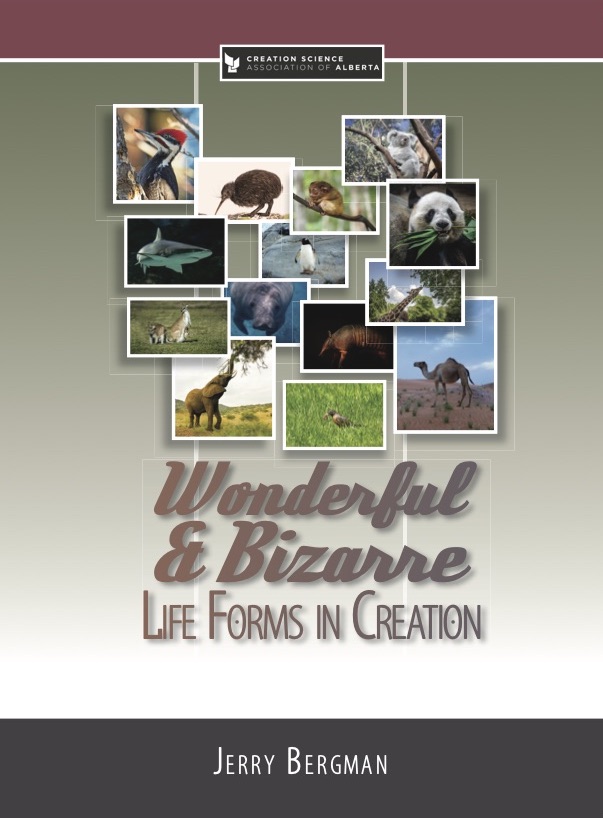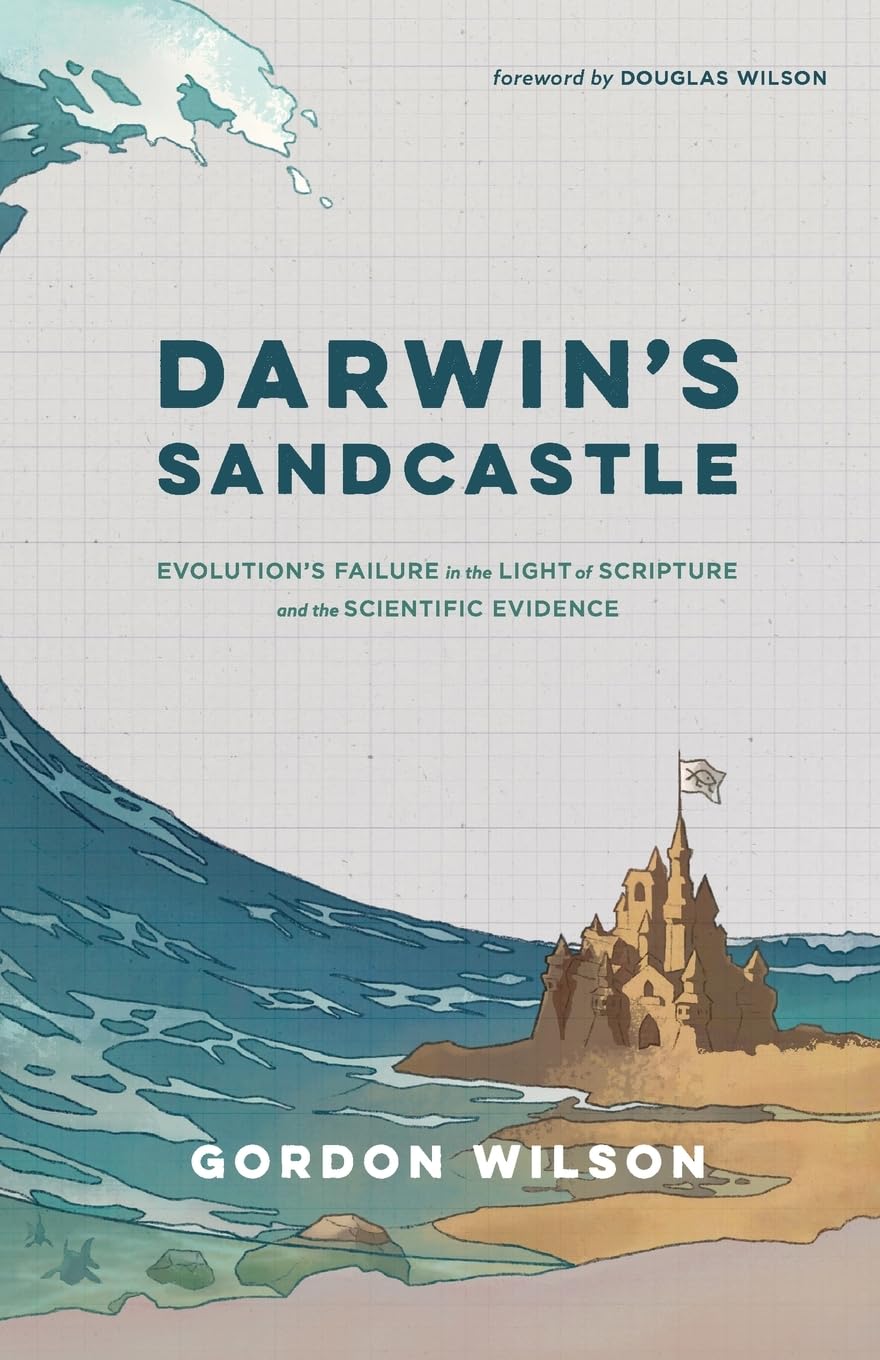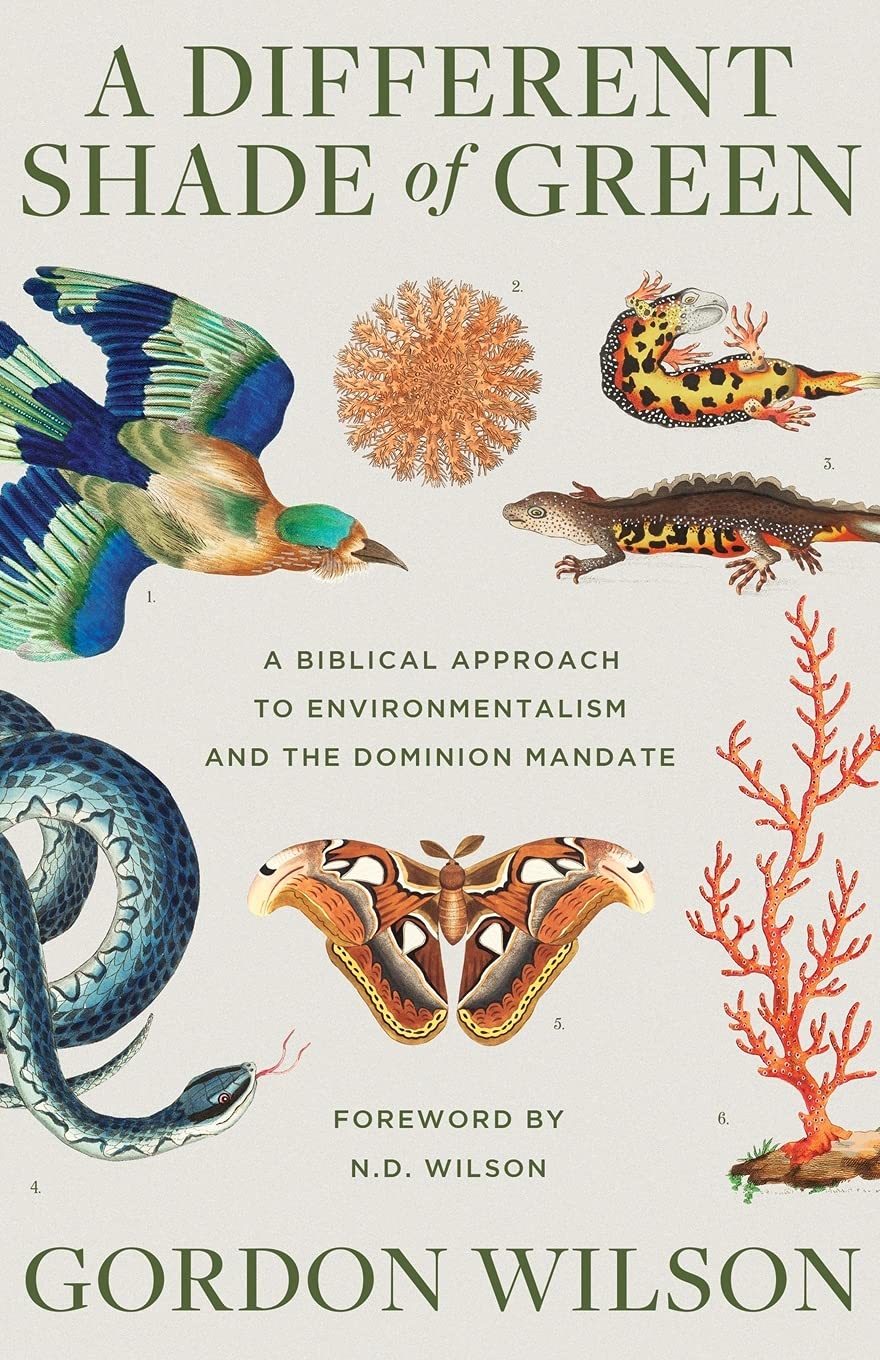Have you ever noticed how hard it is to persuade young people (or anybody for that matter) to read useful or improving literature? If it isn’t on the course, and if it doesn’t count for marks, few people will even open a book’s cover. An obvious choice to counteract that attitude is the comic book. Comics are certainly painless to read. A marginally interested individual is more likely to dip into such a book, and to proceed farther, than a person might in a book with prose and illustrations. The operative question then is whether such a format can usefully communicate information to teenage and twenty-something age readers.
In the year 2000, InterVarsity Press published the book What’s Darwin Got to DO with it? A Friendly Conversation about Evolution. The comic book format features dynamic scenes and upbeat dialogue between Professor Teller, a well-known Darwinist lecturer, and Professor Questor, a proponent of Intelligent Design. The grey haired Prof. Teller, with glasses and beard, looks suitably academic. Prof. Questor, however is a young lady, blond and confident. Her grasp of the issues seems more precise than that of the older professor.
This comic book, in a zippy introduction, presents some hotly contested issues of recent times. These include technology and music stars – issues certain to catch the attention of young readers. We then side step nimbly into the pressing issue with which this book deals: Darwinism vs Intelligent Design. The plot involves a forum on evolution which has been set up on campus. However only one side is to be represented in the forum. When Prof. Questor volunteers to represent intelligent design, she is accused of being a trouble maker. She replies “Since when is it making trouble to test a scientific theory?” Her friend then asks how she can argue against all the evidence. Prof. Questor replies that it is not the facts, but some conclusions which she has begun to question. Thus already by page 5, an important point has been made.
Prof. Questor is very careful to define terms. She does not want to be classified as a creationist. While this is regrettable, it certainly is wise to define all relevant terms so that everyone is talking about the same thing. Events proceed apace. The two professors discuss contrasting views of science. Is there room for the actions of a supernatural creation in science explanations or not. One professor says yes, the other says no.
The story then proceeds to an amusing illustration of the roles of random mutations and selection in the appearance of new life forms. Then the issue of homologus structures (translated as “similar shanks”) is presented. Some discussions feature amusing personification of issues such as random mutations (the tough guy Mutaman) and his attractive sidekick Selecta (natural selection). Also we see Mr. E. Rosion (erosion) and custodian Pop Small (small populations). The most amusing illustrative vignette involves Inspector Snikwad who tries, without examining the evidence, to prove that the butler committed the crime. The name Snikwad seems closely reminiscent of a famous British evolutionist (Dawkins).
This book does a good job, in my opinion, of introducing in painless fashion, many points where evolution theory is found sadly lacking. The book does not really provide any alternative view of origins except that the prose introduction declares that one’s view of origins is critical to one’s whole worldview. Despite its shortcomings, I really liked this book because it is fun to read and because it introduces the reader to good information on evolution. Of course this is just an hors d’oeuvre. It is to be hoped that the reader, now well introduced to some of the issues, will proceed on to other more detailed books.
Margaret Helder
March 2008
Subscribe to Dialogue







